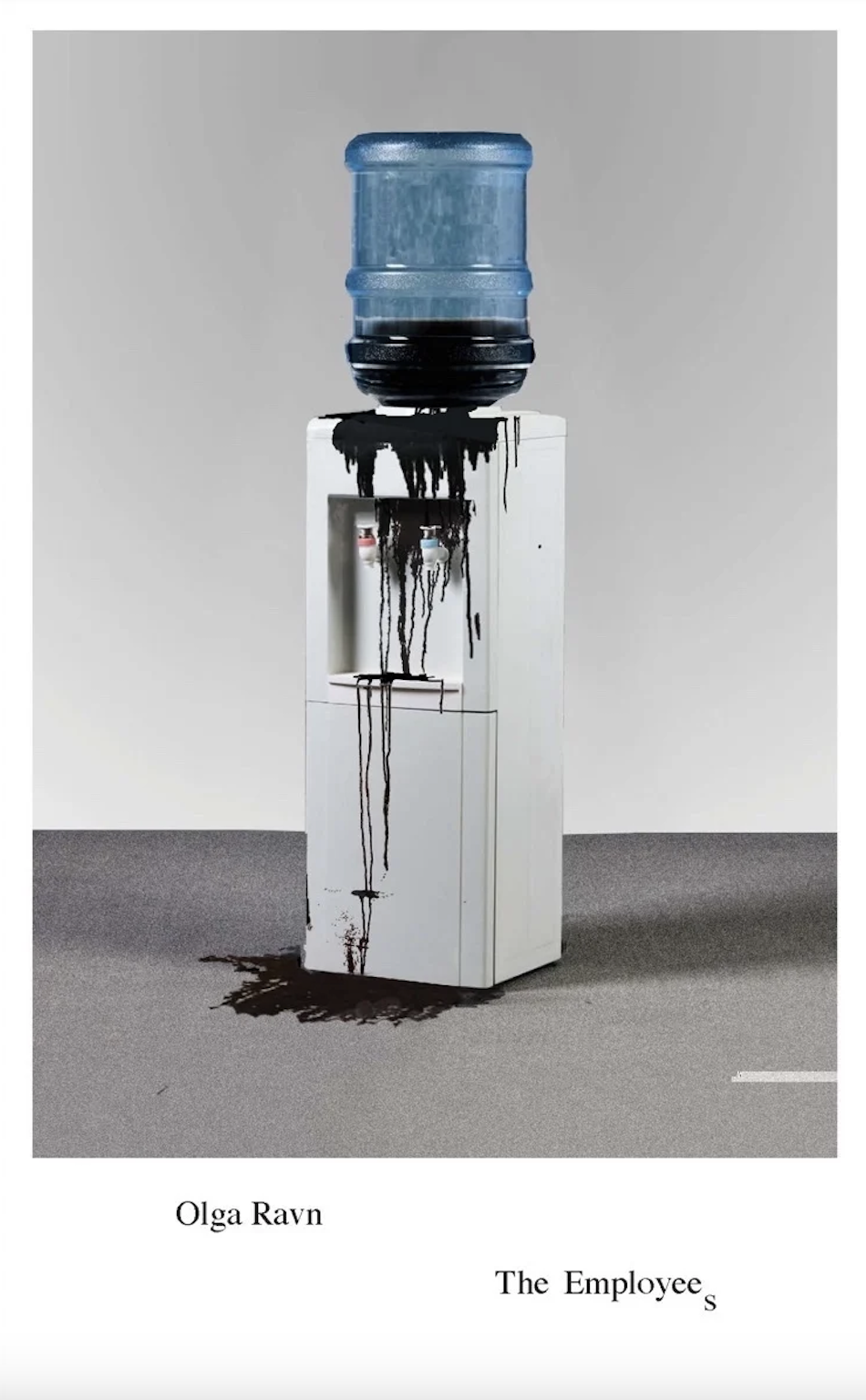Curated by ELLY HONG
This month’s round of Friday Reads features two unforgettable collections of short fiction recommended by the TC team. Read on for a sparkling exploration of sapphic love, and dark tales where Japanese folklore is given new life.
Recommendations: Amora by Natalia Borges Polesso, translated by Julia Sanches and Where We Go When All We Were Is Gone by Sequoia Nagamatsu

Natalia Borges Polesso’s Amora, translated by Julia Sanches; recommended by Stephanie Malak (Contributing Editor)
Women in love, making love, and figuring out love: Amora is a gesture and a name. Natalia Borges Polesso’s thirty-three stories cull queerness from first kisses and dark corners. A crush on the neighbor lady; BDSM leather straps set to Leonard Cohen records; an email exchange—melancholic but with crescendo!—between former lovers. The episodes are exhaustive but not overdrawn, lodestars but light-footed. Everything that goes into figuring out being a lesbian, and then some.
Without the pitfalls of being conversational or needy—a bardo where often “relatable” stories stall—Polesso’s are aggressively legible, didactic even. The body is a central theme, naturally, but even if you’re not like the characters they put you in their place anyway. “You’re only allowed to have an opinion on coke if you lose control, like actually.” Okay, you win.
I came to Amora by way of another of Julia Sanches’ crisp translations, SLASH AND BURN by Claudia Hernández. Like Polesso’s eponymous character, a heartbroken chess whiz, “her body, a straight rook, turned into a queen,” Sanches’ translation feels quick to confess, quick to love, and quick to move on. It’s a springy tribute to love stories in all their grime. Polesso’s “urge not to write” sticks, if only for a moment, to the back of your teeth.

Sequoia Nagamatsu’s Where We Go When All We Were Is Gone; recommended by Elly Hong (Literary Editorial Fellow)
You may have heard of Sequoia Nagamatsu from his debut novel, How High We Go in the Dark. Published just over a month ago, How High has already garnered an impressive collection of recommendations and reviews—amongst this acclaim, author Kevin Wilson called it remarkable “not just in the feats of imagination, which are so numerous it makes me dizzy to recall them, but also in the humanity and tenderness with which Sequoia Nagamatsu helps us navigate this landscape.”
This masterful versatility is also on display in Nagamatsu’s first book, the collection Where We Go When All We Were Is Gone. The twelve stories in the collection are wildly—and, in the best possible way, grotesquely—magical. “Rokurokubi,” a story about one of the titular Japanese folkloric creatures, opens with the protagonist filming two meth-addicted friends having sex. He has the ability to stretch his neck so long he can plunge it through the sewer system and into different buildings; during this first scene, his head and neck are in an entirely different part of the city from the rest of his body. “Headwater LLC” features Kappa, another creature from Japanese folklore. A sort of fish-like humanoid with turtle shells on their backs, Kappa have cavities in their heads filled with water. In Nagamatsu’s story, a group of childhood friends create a corporation to sell this water, which has powerful healing properties, and in doing so enslave the Kappa. The collection’s atmosphere of strangeness is enhanced by the pithy bursts of text punctuating the stories. These range from a flier for a “Support Group for Humans w/Demonic Afflictions, Every Tuesday in Yoyogi Park @ Midnight” to step by step instructions for a deep sea diving technique. These include “[d]rink a mixture of 1 part seawater and 1 part algae until air becomes difficult to breathe” and “[w]ith the needle of an urchin, cut five slits into your flesh spaced approximately 1.5 inches apart and measuring the length of your palms.” At the end of the list is a warning: “Do not attempt any of the above outside a magical realm. May cause serious injury or death.”
What makes all this style all the more wonderful is that it never comes at the cost of substance. My personal favorite of the collection, “Girl Zero,” follows a couple’s attempts to resurrect their drowned child, five years after her death. They do so with the help of Yokai, “the nearly extinct supernatural races of old Japan […] the stuff of manga and horror movies.” There’s a delightful interplay between the fantastic and the mundane; in this world, there are doctors and scientists who study the paranormal, and the family’s meetings with them read not so differently from those between real world parents and pediatricians. We feel the tension in these meetings, the couple’s desperation and earnestness, understanding them even as we come to realize how misguided they are as the story builds to its unforgettable climax and ending. I was thrilled to learn that Nagamatsu is currently developing the story into a full-length novel.
One of the greatest pleasures of Where We Go When All We Were Is Gone is its exceptional level of consistency. I sometimes leave collections and anthologies with a few least-favorites, pieces that didn’t quite reach the bar their counterparts set. But the stories here all shine, each bringing something unique to the table while retaining Nagamatsu and his universe’s signature style. It’s a joy to revel in this darkly beautiful world—the first book of a writer with so much to tell.




